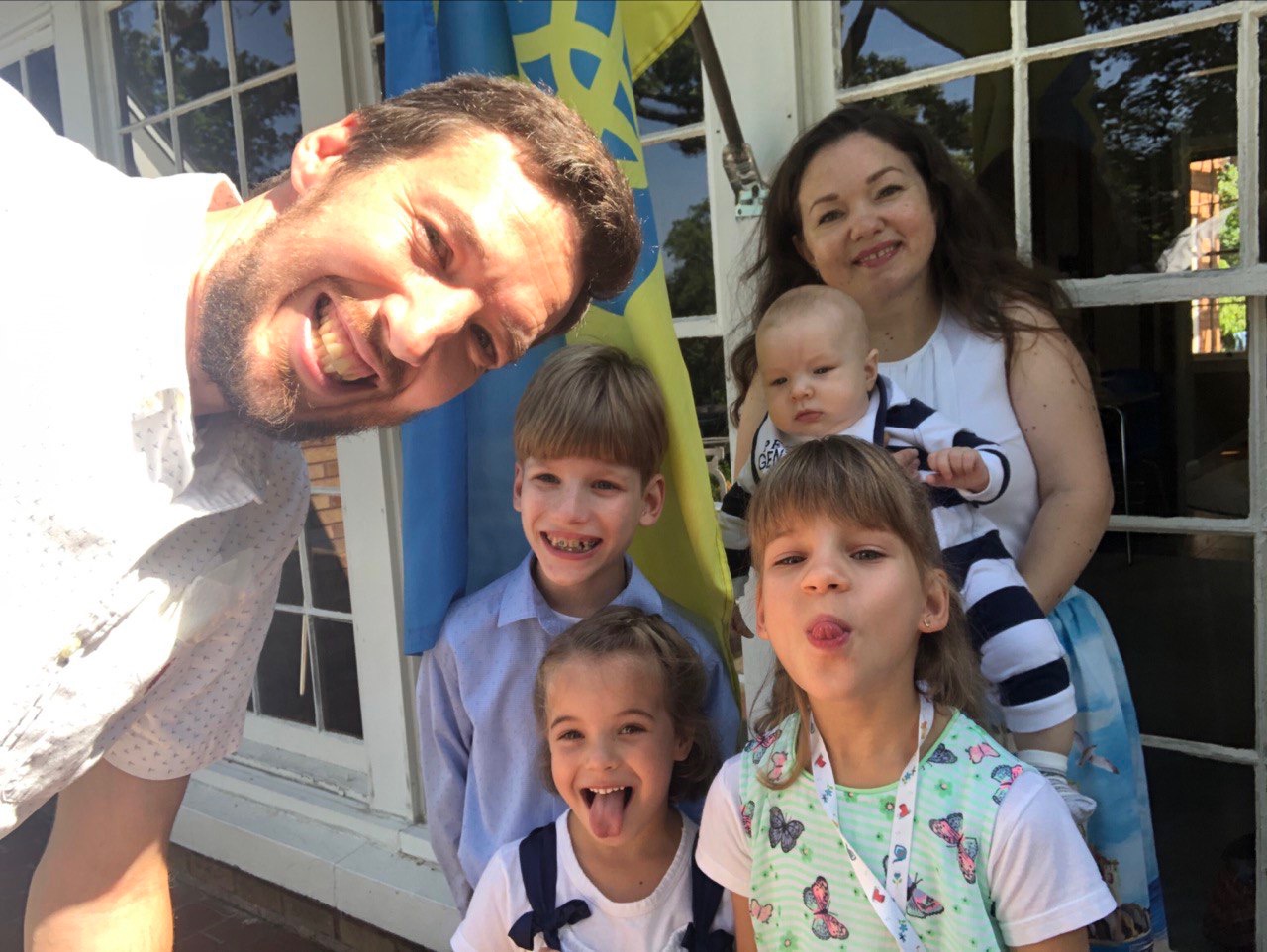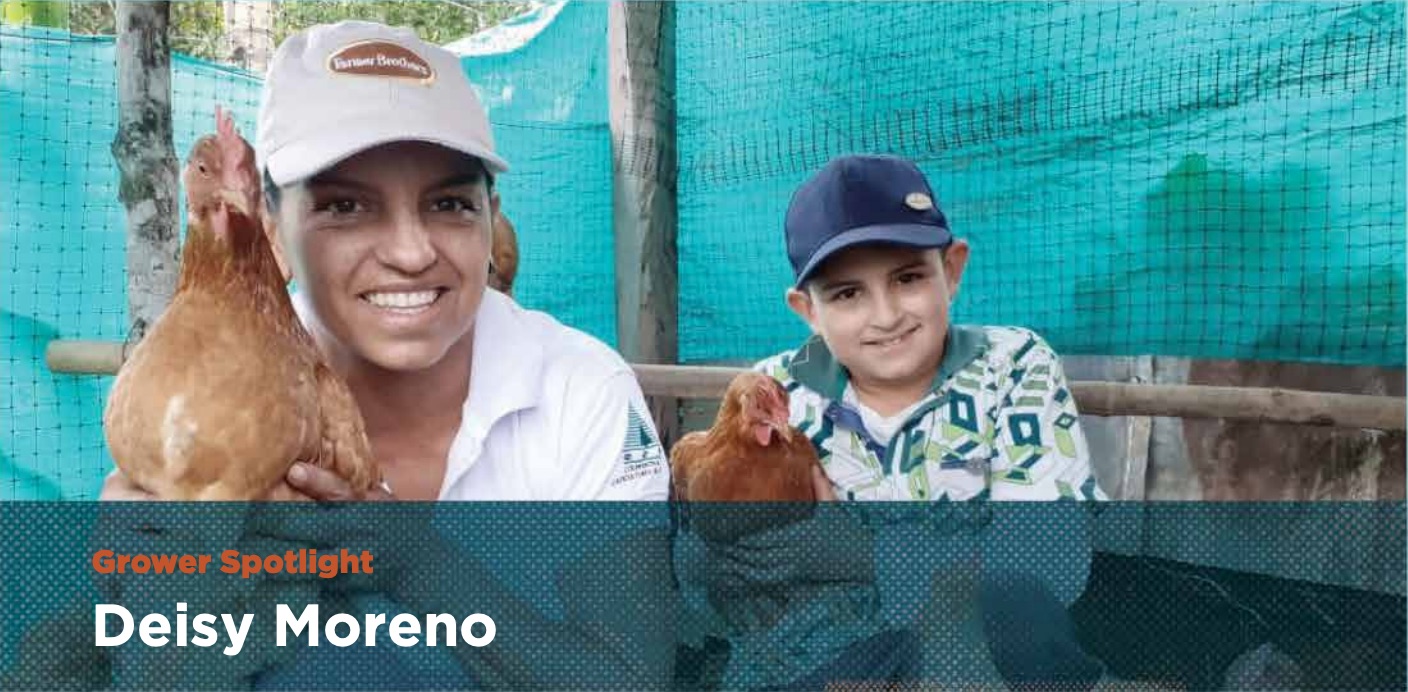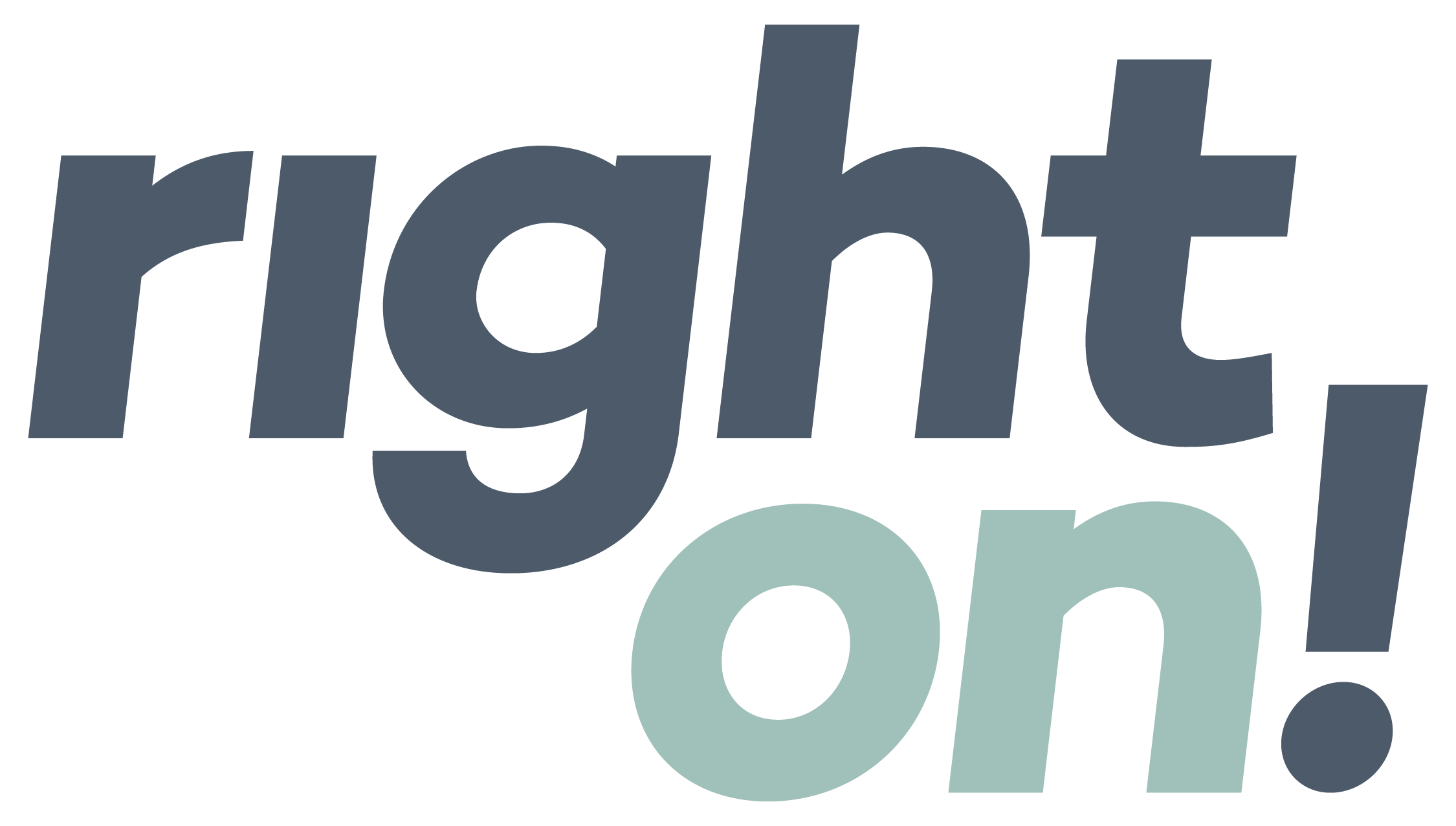
Heroes, villains, and conflicts.
Over 8 million Ukrainians have become refugees since the start of the war in Ukraine, according to The UN Refugee Agency. But until I met Sergei, Sofia, Veronika, and Fillip at their temporary home in Birmingham, Alabama, it was hard to really feel the weight and human consequence of this staggering number—to imagine what these refugees have endured and to connect with what they most hope for, which is simply to go home.

Sergei and family at their temporary home in Birmingham, Alabama.
There’s a scientific reason for this. It’s what research psychologist Paul Slovic calls psychic numbing. When one person or one family is suffering, we’ll do everything in our power to help. But as the numbers go up—whether into the tens, hundreds, thousands, or millions—our empathy decreases.
This principle also holds true for corporate sustainability numbers. According to Slovic’s research, the emotional part of our brain shuts off when we encounter data and numbers. We become detached, which makes us care less.
With sustainability content, the trick is to strike a balance between hard numbers and human stories. To meet critical requirements, you must measure and report your data. But to win hearts and minds, you’ve got to tell the human stories behind that data.
Take this Farmer Brothers sustainability report, for example. It touts the 7,108,540 pounds of green coffee purchased through direct trade relationships. But it also shows how this commitment has improved the lives of individual coffee growers like Deisy Moreno. While investors and raters need the data, all audiences, even the most technical ones, are more likely to relate to Deisy’s story—and this relatability is what inspires them to rally around Farmer Brothers’ programs and initiatives.

The Farmer Brothers sustainability report balances hard facts with human stories.
To make a similar impact with your sustainability storytelling, build your story around three key elements: a hero, a villain, and a conflict.
- The hero is the person at the heart of your story. They’re often on a quest, during which they have great obstacles to overcome. By the end of this quest, they’re forever changed.
- In the Farmer Brothers direct trade example, Deisy Moreno is our hero. She’s on a quest to build a strong business while working in an industry that’s run predominately by men.
- The villain is the person, thing, or idea in the story that the hero stands against. They cause chaos and destruction, and as they do, we discover what the hero’s really made of—and what they’ll do to protect the things that matter most to them.
- The villain in Deisy’s story is the patriarchy. Latin America’s long-held traditional values, based around a culture of machismo, keep her from accessing the training and education she needs to make her coffee farm prosper.
- The conflict is the obstacle that gets thrown in your hero’s path as they work toward their goal—and usually it’s brought on by the villain. Without this type of tension, your story has nothing. It’s just a smooth path from “once upon a time” to “happily ever after.”
- The conflict in this story is Deisy against society. As a woman business owner in a male-dominated society, Deisy struggles to get the education and funding she needs to become a successful smallholder farmer.
Types of conflict in storytelling that you can play with:
- Hero vs. society (Deisy’s conflict type)
- Hero vs. self
- Hero vs. another character
- Hero vs. nature
- Hero vs. supernatural (would love to see someone make this work in business writing!)
- Hero vs. technology
To complete your story, you’ll need some type of resolution to the conflict, and Farmer Brothers delivers with a resounding victory. Their direct trade relationship with Deisy empowers her with the technical training, financial literacy, and industry connections she needs to combat the societal forces stacked against her—so she can build a stable livelihood for her family, and pass the farm on to her children when the time comes.
The whole story takes place over a few brief paragraphs, so don’t worry about creating an epic. And don’t limit this strategy to your sustainability report. Your stories could take the form of a one-paragraph profile on Instagram. Or a video about a single person who’s made a big difference despite the odds. Or as a gripping intro to a thought leadership article.
Whatever format your stories take, just make sure they’re rooted in the human challenges, conflicts, failures, and victories of life, whether big or small. With this one storytelling strategy, you’ll be able to infuse deep emotion into even the most complex topics, bring more people together around your causes, and prevent psychic numbing from ever setting in.
Our Most Recent Insights.
SEE ALL INSIGHTS →
Uncategorized
A more hopeful Earth Day
When it comes to climate messaging, we’ve learned that stories of hope and optimism inspire action.

Reporting
CEO letters that sing (sometimes literally).
Break free from the standard CEO letter format—and create a standout opener for your next sustainability report.

Storytelling
Human stories, not corporate soliloquies.
You’ve got strong DEI commitments and you’re taking action on them. Now, you need compelling, human-centric content that changes hearts and minds.
